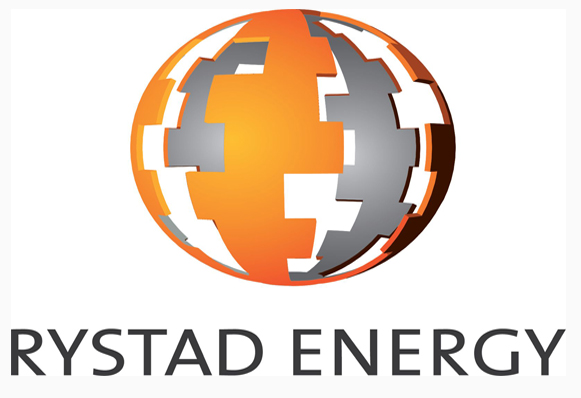BAKU, Azerbaijan, August 20. Iran requires foreign help to develop its gas fields, Harshita Dhyani, analyst with Rystad Energy, an independent research and business intelligence company, based in Norway, told Trend.
She recalled that Iran has been on a spree to sanction awards for the development of its mature oil.
"As a result, NIOC’s debt with the Iranian banks has been increasing year on year to fund all the new developments. Iran needs the foreign investments to efficiently increase its production output. Also, the contracts awarded mainly cater to the oil fields. potentially indicating that Iran still requires foreign help to develop its gas fields and ultimately meet it gas-production potential," said the analyst.
Dhyani highlighted that the country’s industry faces challenges in the form of a relative lack of technological capabilities, a need for more capital and a lack of skilled labour.
"The major challenge here remains the threat of any future sanctions. If foreign investments are allowed in the future, the companies will be hesitant to invest as they would fear a repeat of what happened when the sanctions were imposed in 2018. Major IOCs had to exit overnight, resulting in huge losses," said the Rystad Energy analyst.
She went on to add that since the imposition of sanctions, Iran has been producing well below its maximum production capacity.
"Due to the rising Chinese demand, the country has been increasing its oil production and exports during the past few months, with the number averaging at 3.2 mmbbl/d in the recent times. The outlook largely depends upon the upcoming US elections and the renewed nuclear discussions as the JCPOA officially set to expire next year. Barring these geopolitical events, we see a strong upside in Iranian oil production to reach 3.8 mmbbl/d levels. In our base case where we estimate a controlled supply return, we see Iran reaching these levels by 2030, but if the upcoming events fell in Iranian favour, then we see an early case of Iran reaching these levels by 2027/28," said Dhyani.
She pointed out that on the gas front, the country is running major gas projects to stop the flaring from associated gas, thereby increasing its production volumes by the end of this decade.
"The other major project, South Pars gas field, already has all its phases online. We see a small increase from the present levels of 270 bcma to 290 bcma by the end of 2030 for gas.
Iran has energy subsidies for its citizens, resulting in higher energy usage throughout the country. This has created an imbalance, which is worsened during both peak summers and winters. To combat this imbalance and free up more export volumes, the government has introduced various laws, incentives and targets for its renewable sector. While the targets are ambitious, they require foreign funds and expertise to be realised. Sanctions have also led to delays in the procurement of necessary materials to build the renewable infrastructure. In the short run, the country will have to depend on its oil and gas resources to fulfil its needs," she concluded.
Follow the author on X: @Lyaman_Zeyn







